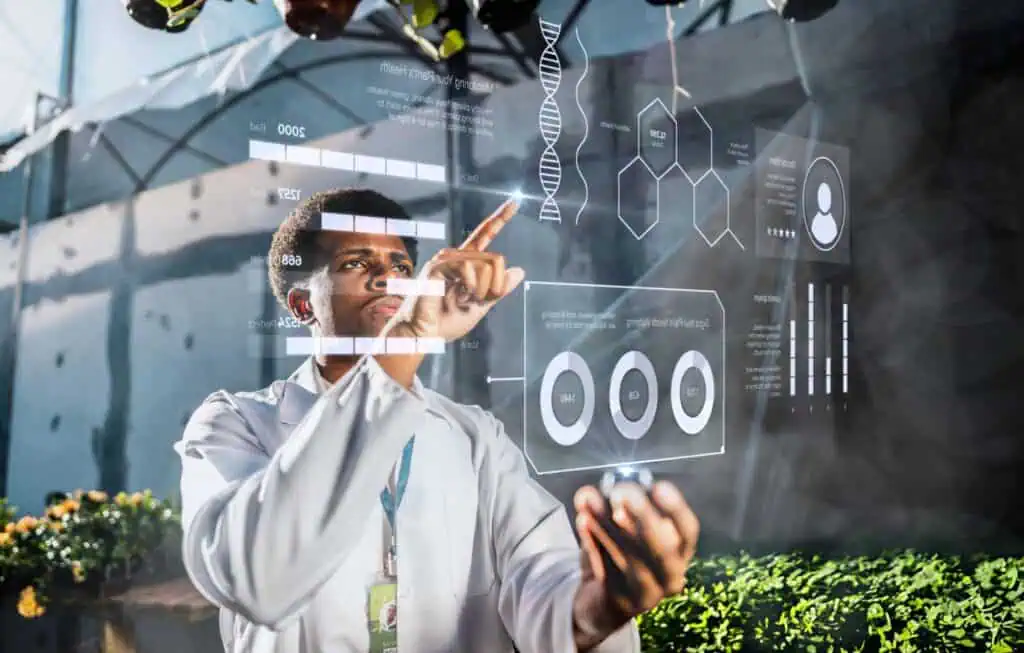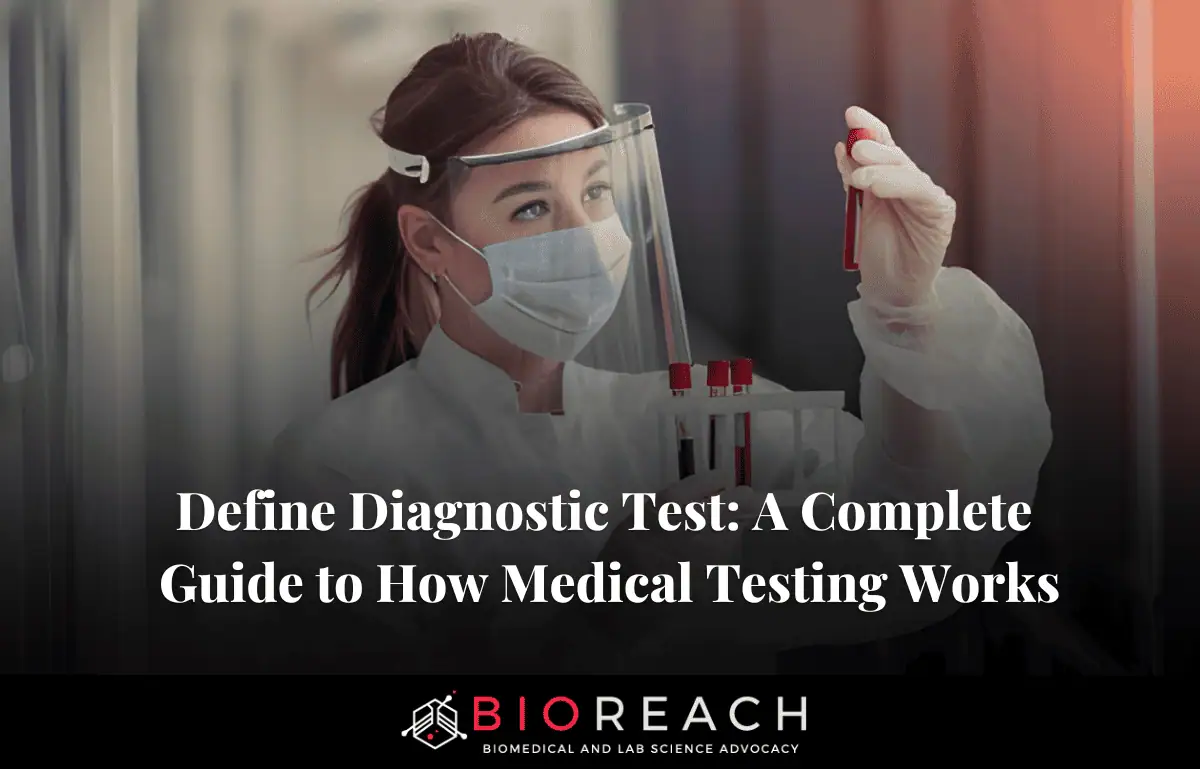Laboratory Automation has transformed from a futuristic concept into the everyday heartbeat of modern diagnostics. The hum of robotic arms, the click of scanners, and the whirl of analyzers are now the signature sounds of cutting-edge laboratories. In 2025, automation isn’t a luxury; it’s the standard, powering more than 70% of the 14 billion tests conducted annually in the U.S. What started as simple pipetting robots in the 1980s has evolved into fully integrated systems that complete complex workflows in minutes instead of days. The result? Up to 85% fewer human errors and a massive boost in testing capacity and efficiency.
But automation is not just about speed. It is about precision, smart decisions, scale, and fair access. This article explores how automation is changing every step: from receiving samples to giving results, in fields from molecular cancer testing to global outbreak monitoring. We cover the key technologies, real-world results, challenges, and what the future holds. Lab directors, pathologists, clinicians, and patients will all benefit from understanding lab automation today.
Defining Laboratory Automation: From Tools to Smart Systems
Laboratory automation uses machines, robots, computers, and AI to do repetitive or complex lab tasks with little human help. The College of American Pathologists (CAP) divides it into three types:
- Task-targeted automation – like auto-analyzers for chemistry tests.
- Process automation – conveyor-based systems called Total Lab Automation (TLA).
- Cognitive automation – AI-driven analysis and reflex testing.
In 2025, 60% of big labs use TLA systems. About 25% have added AI. Modern TLA systems, such as Roche cobas® 8000 or Siemens Atellica®, link sorting, analyzing, and storing tubes in one track. They can handle 15,000 tubes per hour and even learn which samples to prioritize.
The global lab automation market hit $7.4 billion in 2025, growing 8.2% yearly. Drivers include worker shortages (12–15% vacancy in U.S. labs), rising test numbers (up 6% per year), and regulations pushing for error reduction.

Pre-Analytical Revolution: Fixing 65% of Old Errors
Most lab mistakes used to happen before testing. Mislabeling, broken samples, or too little blood caused 46–68% of errors. Automation fixes this:
- Smart intake modules: Tubes with RFID tags register automatically. Vision systems check clots or low volume in under 3 seconds.
- Automated centrifuges: Spin 1,200 tubes per hour at exact speed. Hemolysis drops from 8% to under 0.5%.
- Aliquotting robots: Split samples into tubes safely for multiple tests.
A 2025 Clinical Chemistry study showed pre-analytical errors dropped from 1.2% to 0.08% in automated labs. At Quest Diagnostics, a front-end TLA system handles 120,000 samples daily with zero manual sorting.
Analytical Powerhouse: Fast, Precise Testing
Automation speeds up actual testing. High-speed analyzers work together on robotic tracks. Key 2025 systems:
| System | Throughput | Key Features |
| Abbott Alinity ci-series | 1,800 tests/hour | Multi-discipline (chemistry, immuno), 95% uptime |
| Sysmex XN-9100 | 800 CBCs/hour | AI flags abnormal cells |
| Illumina NovaSeq X | 20,000 genomes/year | $100 genome cost milestone |
Mass spectrometry now runs vitamin D and drug panels fully automated. Pathology slides are stained, scanned, and AI-reviewed in minutes. Reflex testing is automatic; for example, a high TSH automatically triggers free T4 testing, cutting endocrinology turnaround time by 40%.
Post-Analytical Intelligence: From Data to Action
Automation also helps with results. Auto-verification approves 80-90% of routine results based on past trends and reference ranges. Pathologists review only exceptions, saving 60% of their time.
- Middleware: Machine learning predicts critical values before results are finalized.
- EHR integration: Results sent in under a minute with AI comments.
- Archival robots: Store millions of tubes and retrieve any sample in under 2 minutes.
At ARUP Laboratories, post-analytical automation reduced delays from 4.1 to 0.9 hours.

Molecular Diagnostics: Precision Meets Automation
Automation has transformed molecular labs. NGS workflows that once took 40 manual steps are now end-to-end automated:
- Sample prep: Hamilton STARlet extracts DNA/RNA from 96 samples in 45 minutes.
- Library construction: Barcodes and adapters added with 99.8% accuracy.
- Sequencing: Oxford Nanopore’s PromethION identifies pathogens in real-time.
- Bioinformatics: Analysis done in 22 minutes with Illumina DRAGEN.
Oncology labs now give same-day tumor mutation profiles. At MSKCC, MSK-IMPACT returns actionable variants in under 48 hours, guiding targeted therapies for 42% of patients.
Point-of-Care and Decentralized Automation
Automation is not just in big labs. In 2025:
- Mini-TLA systems: Devices like Siemens’ epoc or Abbott i-STAT run tests at the bedside.
- Microfluidic PCR: Cepheid GeneXpert Edge delivers results in 35 minutes in rural clinics.
- Drone transport: Zipline delivers samples in Rwanda, cutting delivery from 24 hours to 90 minutes.
A Cleveland Clinic trial used portable analyzers in ambulances. Troponin results during transit reduced door-to-balloon time by 18 minutes.
Real-World Impact: Automation Case Studies
Mayo Clinic, MN
- System: Roche cobas® pro + p501
- 12 million tests/year
- Turnaround: 18 – 11 minutes
- Staff: 22% less manual work
- Error rate: 0.04% (vs 0.31% before automation)
NHS Greater Glasgow & Clyde, Scotland
- 3 hospitals, 1 hub
- 98% routine bloods reported in 1 hour
- £2.1 million saved yearly
- Phlebotomy wait cut 65%
FIND TB Program, India
- Molbio Truenat automated PCR
- 1,500+ rural sites
- 2.8 million TB cases detected since 2022, 40% faster than smear microscopy
Workforce Transformation: New Roles in Labs
Automation has not removed jobs but changed them:
- 68% of labs retrained staff for AI and automation oversight
- New roles: Automation Specialists, Digital Pathologists, Lab Informatics Analysts
- Median salary for automated lab techs: $82,000 (vs $64,000 manual)
- Burnout down 30% in automated labs
Challenges and Limitations
Automation faces hurdles:
| Challenge | Impact | Solution |
| High cost | $5–20M per TLA | Leasing, ROI in 3–5 years |
| Interoperability | 40% of labs use 3+ systems | HL7/FHIR standards, middleware |
| Cybersecurity | 1,200 breaches in 2024 | Zero-trust, encryption |
| Regulatory lag | AI validation unstandardized | FDA Pre-Cert program |
| Equity gaps | <5% LMIC labs automated | WHO funding, essential diagnostics |
Small labs often cannot justify TLA, creating a two-tier system.

The 2030 Horizon: Smart, Connected, Green Labs
By 2030:
- Autonomous labs: Systems self-optimize based on demand
- Digital twins: Virtual labs predict bottlenecks
- Sustainable automation: Solar-powered analyzers, biodegradable cartridges
- Global data lakes: WHO tracks pathogens for pandemic alerts
- In vivo automation: Implantable sensors report to cloud labs
Forecast: $12.8 billion market by 2030, with 45% fully automated tests.
Conclusion
Lab automation in 2025 delivers faster, more accurate, and more scalable diagnostics. Tasks that once took weeks now take hours, and errors are becoming rare. Labs save money, clinicians get reliable results, and patients benefit from safer, more efficient testing.
The future of diagnostics is smarter and more human-centered. Automation handles the routine work, allowing pathologists to focus on judgment, innovation, and patient care. The fully automated lab is no longer emerging; it’s already here.














